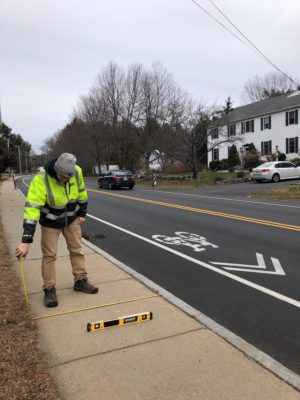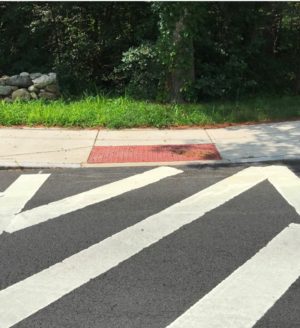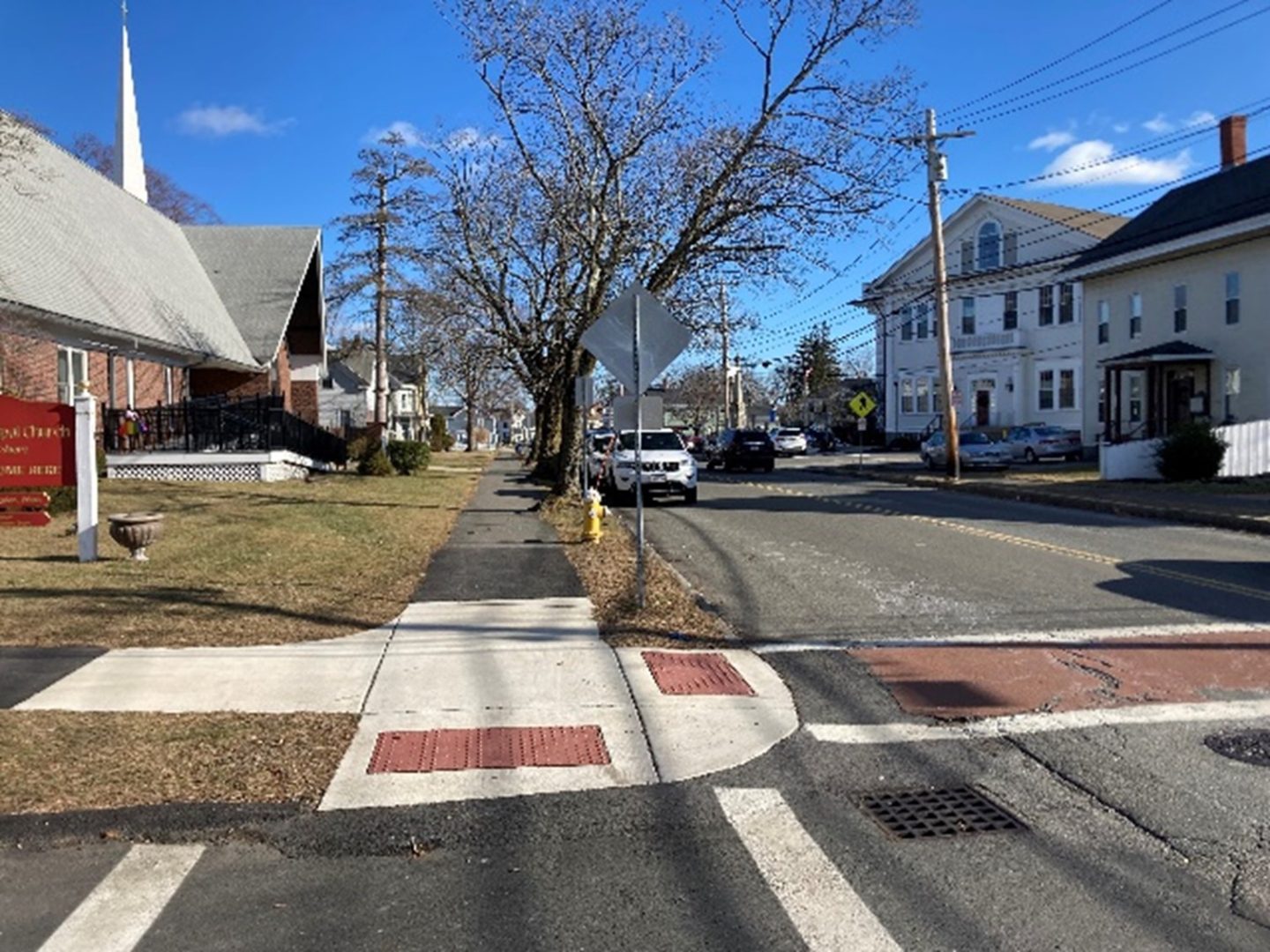Are You Ready for PROWAG?
August 31, 2023
PROWAG – What Is It?
The Public Right-of-Way Accessibility Guidelines, or PROWAG, ensure that sidewalks, street crossings, signals, and other facilities for pedestrian transportation are readily accessible to and usable by pedestrians with disabilities. This is a final rule issued by the Architectural and Transportation Barriers Compliance Board, effective September 7, 2023.
What Does This Mean?

PROWAG sets minimum criteria for key accessible features of pedestrian facilities within the public rights of way under the Americans with Disabilities Act (ADA), section 504 of the Rehabilitation Act, and the Architectural Barriers Act (ABA). In summary, key accessible features include:
- Pedestrian Access Routes: Sidewalks, multi-use paths, and other pedestrian paths must be accessible and navigable by those with disabilities. Paths must be wide enough to reasonably fit mobility devices, as well as cross slopes and running slopes that are traversable by manual wheelchair and other mobility aid users. Path surfaces must be stable and slip resistant, with no abrupt changes in level.
- Alternate Pedestrian Access Routes: When pedestrian access routes are closed for construction, temporary alternate routes with basic accessible features must be provided.
- Accessible Pedestrian Signals: All new and altered pedestrian signal heads at crosswalks must include “accessible pedestrian signals” (APS), equipped with audio and vibrational features for pedestrians with visual impairments. Push buttons must be within reach of those using wheelchairs and other mobility devices, and walk speeds must take into account pedestrians with disabilities who may need more time to cross.
- Crosswalks: Where a pedestrian path meets a vehicular way, curb ramps and detectable warning surfaces are required. Crosswalks at certain intersections must have additional treatments to alert vehicles of pedestrians.
- Transit Stops: Boarding areas and platforms must be sized and situated so that people with disabilities can board buses and trains, and pedestrian access routes must connect these boarding areas to other pedestrian facilities. Transit shelters must include a clear space for mobility tool users.
- On-Street Parking: In non-residential areas, on-street parking must have designated accessible parking spaces suitable for those with a disability to exit a vehicle and maneuver to the sidewalk without entering a vehicular way. Standard size accessible on-street parking spaces must be located near an existing crosswalk with curb ramps.

How Does It Impact You?
While PROWAG has been the preferred standard for most agencies and municipalities over the past several years, the general ADA Accessibility Guidelines (ADAAG) have been the legal threshold to meet.
Compliance with the PROWAG standard will go into effect as of September 7, 2023. While there is no specific timeline for full compliance, municipalities and agencies that administer the public right of way are required to ensure any new construction meets the PROWAG standard.
A Self Evaluation and Transition Plan that identifies deficiencies in existing infrastructure and makes recommendations for remediation remains a requirement for all public entities with 50 or more employees.
How Can BETA Help?
BETA’s mission of improving the communities where we live and work applies to all individuals, not just those fortunate enough to live without a physical or cognitive disability. The ADA establishes that public access is a right for all, and our team has been proud to apply the ADA standards where needed since it was signed into law in 1990.

Asset management/GIS is a core discipline for BETA. We have one of the largest groups of its nature in New England, comprised of more than 10 full-time staff members who are 100% dedicated to GIS/asset management-related projects. Specifically, our team has decades of experience in assisting communities with:
- GIS-based inventories including sidewalks, curb ramps, signals, parking, and other relevant assets
- GIS-based ADA compliance assessments
- ADA self-evaluations and transition plan development
- Planning and design of ADA improvements including sidewalks, curb cuts, pedestrian crossings, and pedestrian signals
For more information or to discuss how BETA can help your community maintain compliance with PROWAG, please contact Tony Garro.
